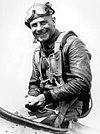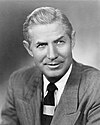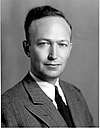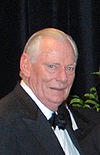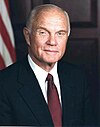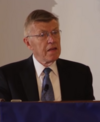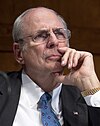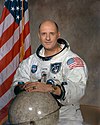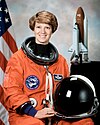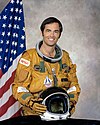| Wright Brothers Memorial Trophy | |
|---|---|
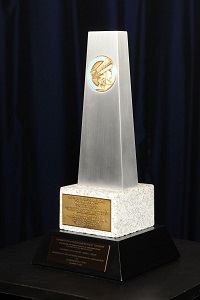 Wright Brothers Memorial Trophy | |
| Awarded for | "significant public service of enduring value to aviation in the United States". [1] |
| Country | United States of America |
| Presented by | National Aeronautic Association |
| First award | 1948 |
| Currently held by | Robert Crippen |
| Website | Official website |
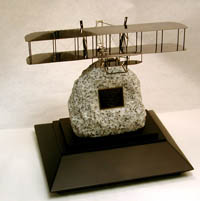
The Wright Brothers Memorial Trophy was established by the National Aeronautic Association (NAA) in 1948 after a trust fund was created in 1936 by Godfrey Lowell Cabot of Boston, a former president of the NAA. It is awarded to a living American for "significant public service of enduring value to aviation in the United States." [1] The presentation of the award is made annually at the Aero Club of Washington, as close as possible to December 17 each year, [2] the day on which, in 1903, the Wright brothers made the first flight in an airplane. [3] The inaugural recipient of the trophy was William F. Durand, "a pioneer in aeronautics, naval propulsion and engineering research methods". [4] Until 2010, winners of the award received a trophy depicting the Wright brothers' Wright Flyer aircraft. [5] From 2010 onwards, a redesigned trophy featuring a silver obelisk and bronze inscription has been awarded. [1]
Contents
The trophy has been awarded to women on four occasions: Olive Ann Beech, founding partner and president of Beech Aircraft, received the award in 1980; [6] Marion Blakey, former administrator of the Federal Aviation Administration and chairman of the National Transportation Safety Board, was honored in 2013, [7] Colleen Barrett, President Emeritus of Southwest Airlines, was the 2016 recipient, [8] and retired NASA astronaut and USAF pilot Eileen Collins [9] received the trophy in 2022.




